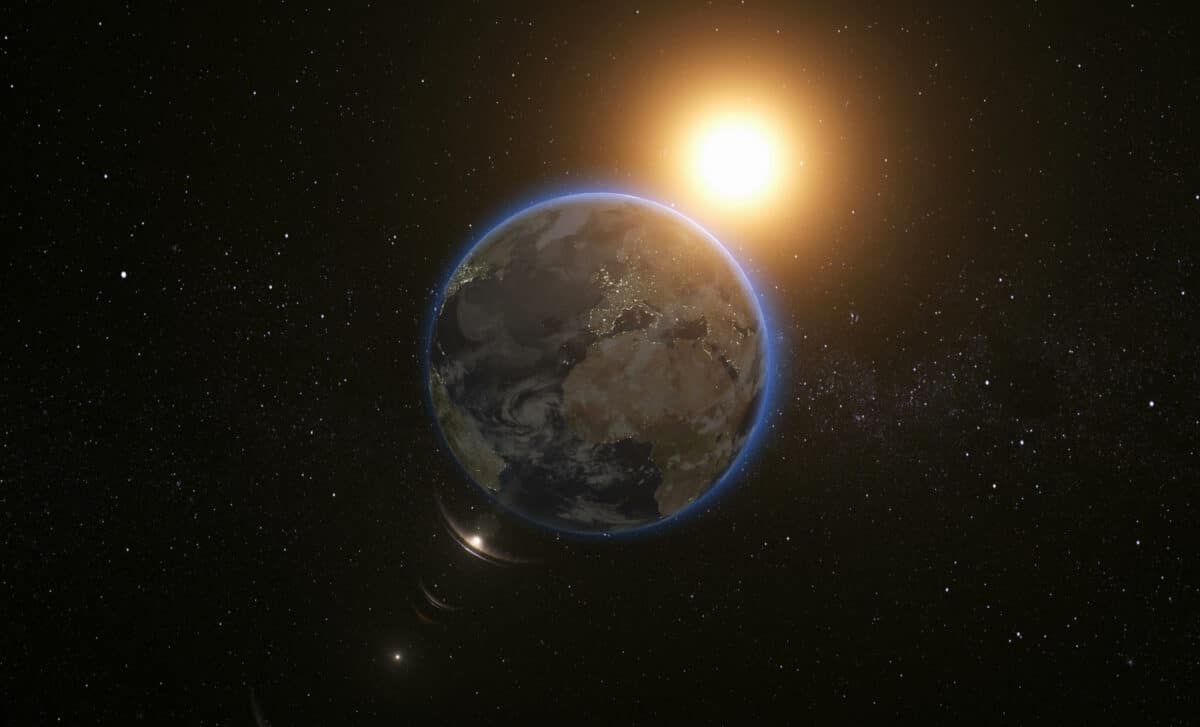The Earth is facing an accelerating biodiversity crisis, with extinction rates and climate shifts drawing comparisons to the five known mass extinctions in planetary history. Scientists warn that while current conditions are not yet equivalent to those catastrophic events, the pace of environmental change and the scale of disruption are deeply concerning.
Could an American Missile Strike Moscow? An Actual Danger or Just a Bluff?
Rising CO₂ levels echo ancient extinction patterns
According to research by Mark Urban from the University of Connecticut, up to one in six species may be at risk of extinction due to ongoing climate change, largely driven by rising atmospheric carbon dioxide. Although less than 10% of global species have disappeared to date, regional effects vary, with habitat disruptions occurring unevenly across ecosystems. This pattern mirrors the fragmented but severe environmental shifts that preceded past extinction events.
A comparison often made is with the Permian–Triassic extinction, the most severe in Earth’s history, which took place 252 million years ago. During that period, massive volcanic activity in what is now Siberia released an estimated 120,000 gigatonnes of CO₂, leading to global temperatures rising by about 10 °C over a few hundred years. The consequences were devastating: over 90% of marine species and 70% of terrestrial vertebrates perished. The oceans became anoxic, and land environments suffered from extreme storms, wildfires, and wind speeds estimated at over 800 km/h.
These scenarios are explored in depth by science journalist Peter Brannen in both his article published in The Guardian on August 19, 2025, titled “A climate of unparalleled malevolence”, and his upcoming book The Story of CO₂ Is the Story of Everything (Harper, 2025). Brannen emphasizes that while human activity has not yet matched the total CO₂ volumes of past geological events, the speed of emissions today is ten times faster than during the worst volcanic crises of Earth’s history.
Human-driven CO₂ emissions outpace ancient carbon surges
The long-term impact of events like the Chicxulub asteroid impact 66 million years ago, which ended the reign of the dinosaurs, also provides insight into Earth’s vulnerability. That single impact triggered fires, heat spikes of over 155 °C within 1,600 km of ground zero, and a prolonged 100,000-year warming period due to released CO₂. But even then, the CO₂ was released instantly—while today’s industrial activity sustains a continuous flow of emissions.
Brannen points out that the total carbon output required to match ancient extinction thresholds would involve not only burning all known fossil reserves but also maintaining high emissions for thousands of years. Still, current industrial practices, if sustained, could generate around 18,000 gigatonnes of CO₂. While this is far below the Permian threshold, the pace of release is unmatched in Earth’s geological history.
This concern aligns with findings from a 2011 study by Anthony Barnosky, which concluded that current extinction rates could soon rival those of past mass die-offs. Climate models show that every degree of warming increases the planet’s capacity to retain water vapor by 7%, intensifying weather events and accelerating the hydrological cycle.
Even if the CO₂ levels of previous extinction events may not be reached, the velocity of change in today’s world is uniquely dangerous. Brannen and others argue that the true threat lies not in total carbon volume, but in the rate at which ecosystems are being pushed beyond their adaptive limits. Earth’s long history suggests that recovery from such shocks can take millions of years.








